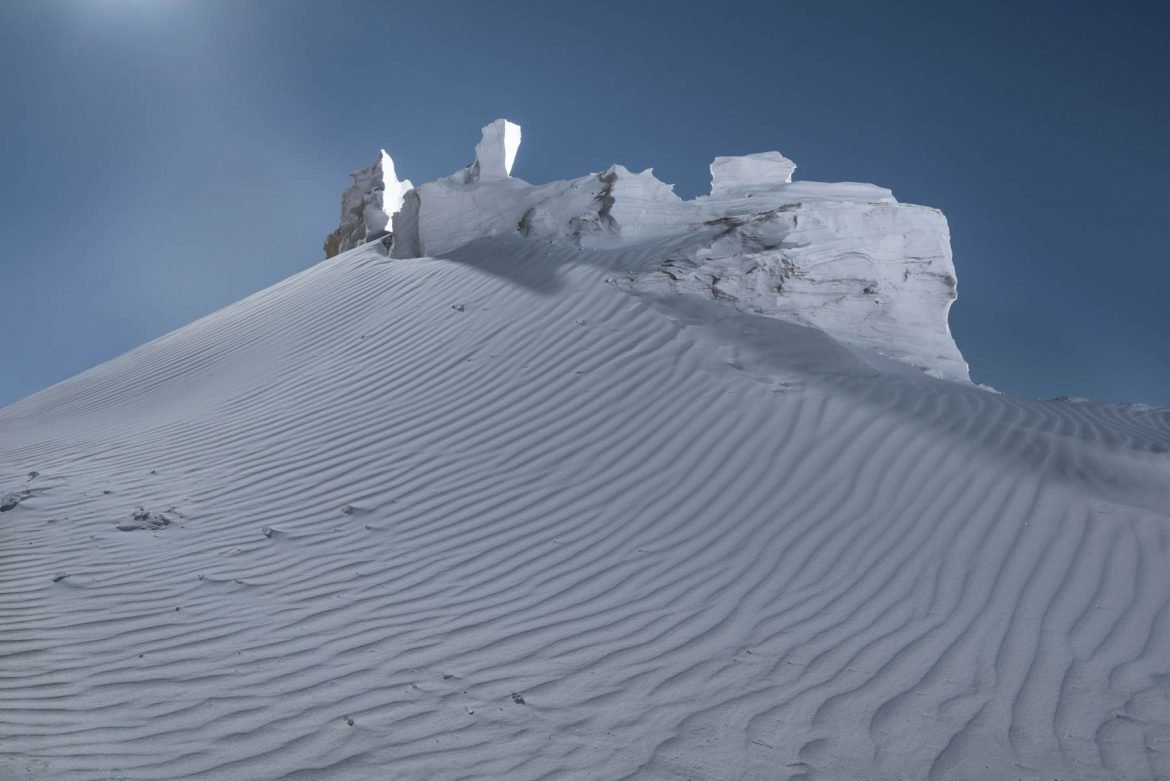Titled Séléné, the latest project by Alexis Pichot focuses on creating an imaginary world, halfway between the Moon and the Earth. According to Pichot, the audience should use their imagination when interpreting the images. The snow could be sand, stones or all the previous, together. Even the location is kept a mystery, in order to avoid dimming the enchantment of the lunar landscapes. When he explored landscapes under the full moon night, Pichot was captivated by the beauty and magic that reigned there, and thus Séléné was conceived.
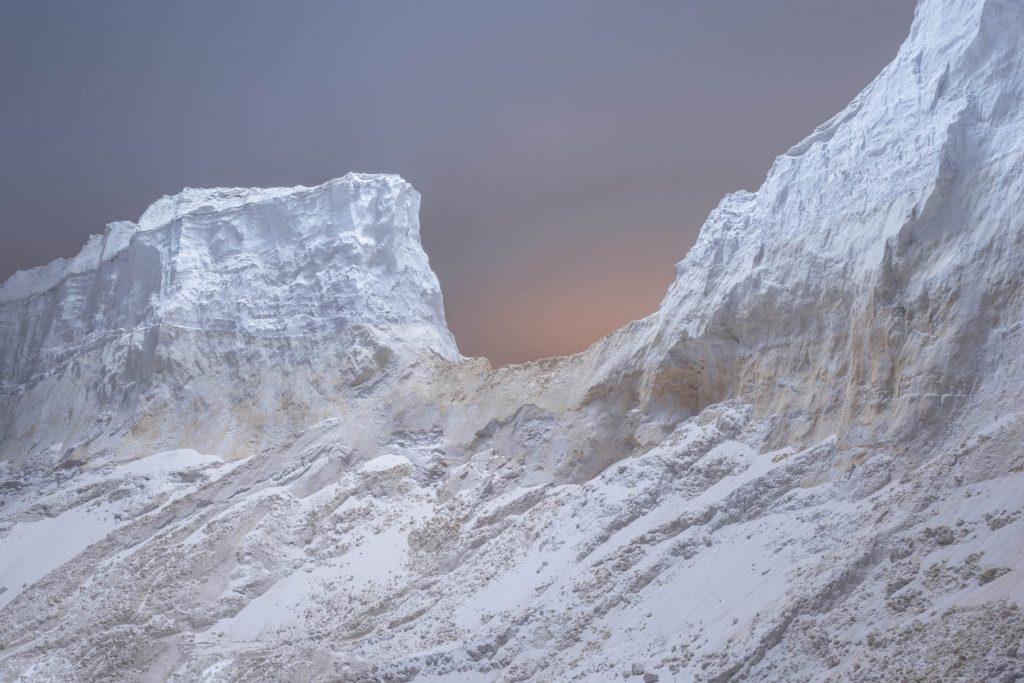
When asked of the project, Pichot mentions:
“In Greek Mythology, Séléné is the Goddess of the moon and more specifically of the full Moon. In its story, it is said that she was crossing the sky aboard her chariot pulled by two white horses and stroking the Earth of her silver rays. It is specifically these light rays that I wanted to immortalize as if they dragged on shine. So in this series, the Moon is not the only light source. I intervene with my own material to bring a more mysterious atmosphere, more ethereal to these landscapes. The photos are created in a long time exposure. Concerning lighting, I have different tools such as torches, LED bars and a drone equipped of lights to illuminate these landscapes.”
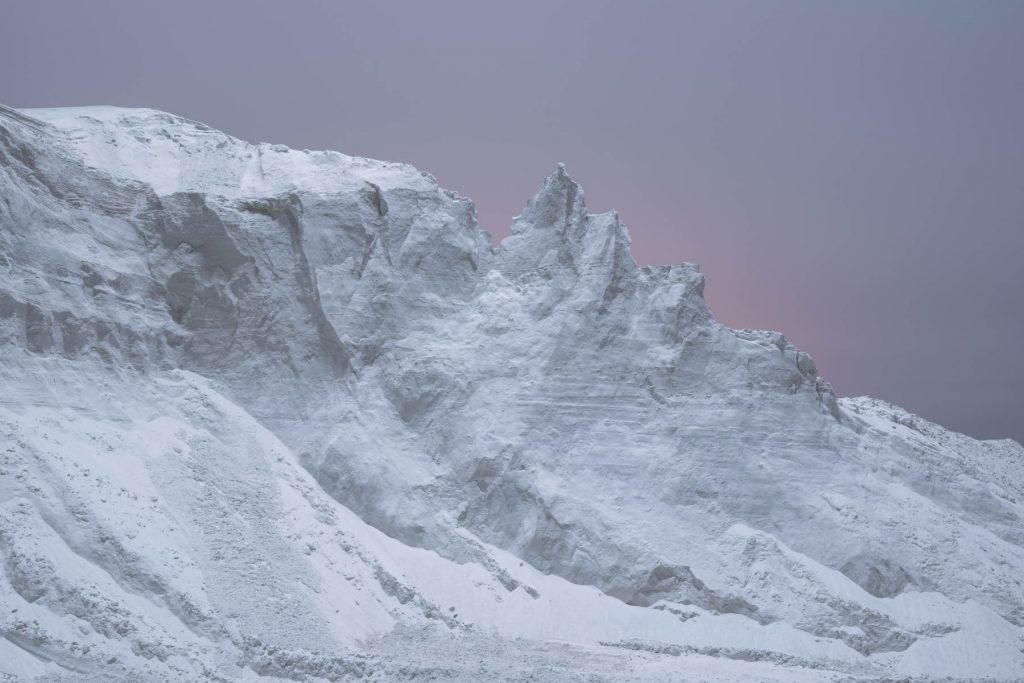
He stresses that even though he was always fascinated by the Moon, his connection intensified during the creation of his previous project “Marche Céleste”. It was then when he realised that his next project would concentrate on this satellite.
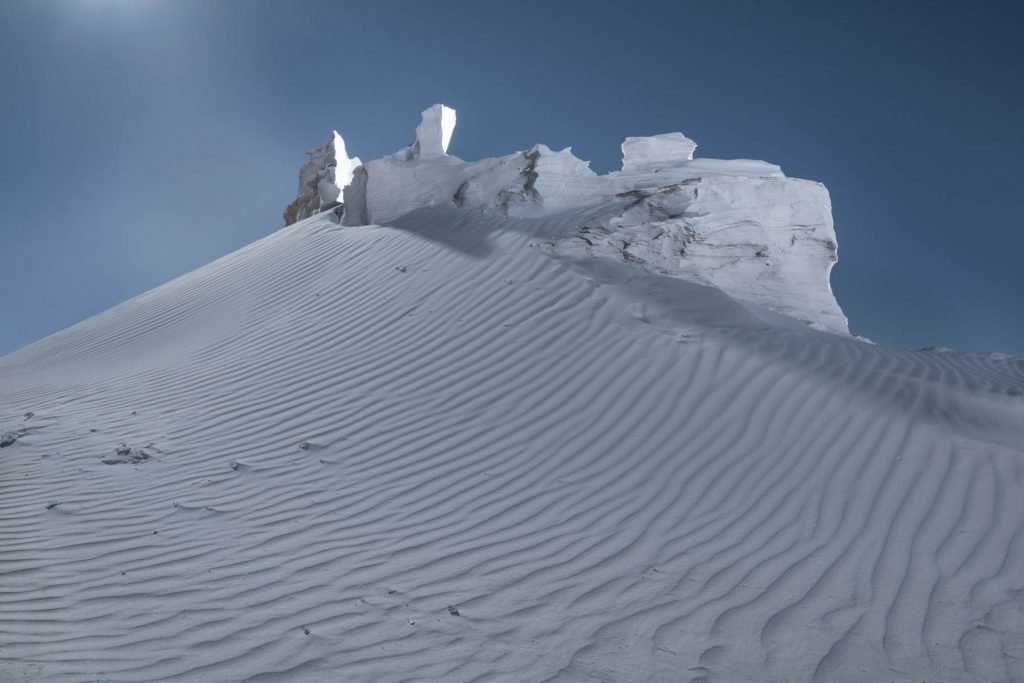
Pichot is particularly attracted by the night. The sounds, the smells, the color palette carry him in a universe in suspension. Long exposures and sensitive digital sensors allow the wondrous discovery of a different reality. What fascinates him, is the sense of working on both sides of the camera, composing the frame or physically intervening with his lights the moment the camera shutter is open.
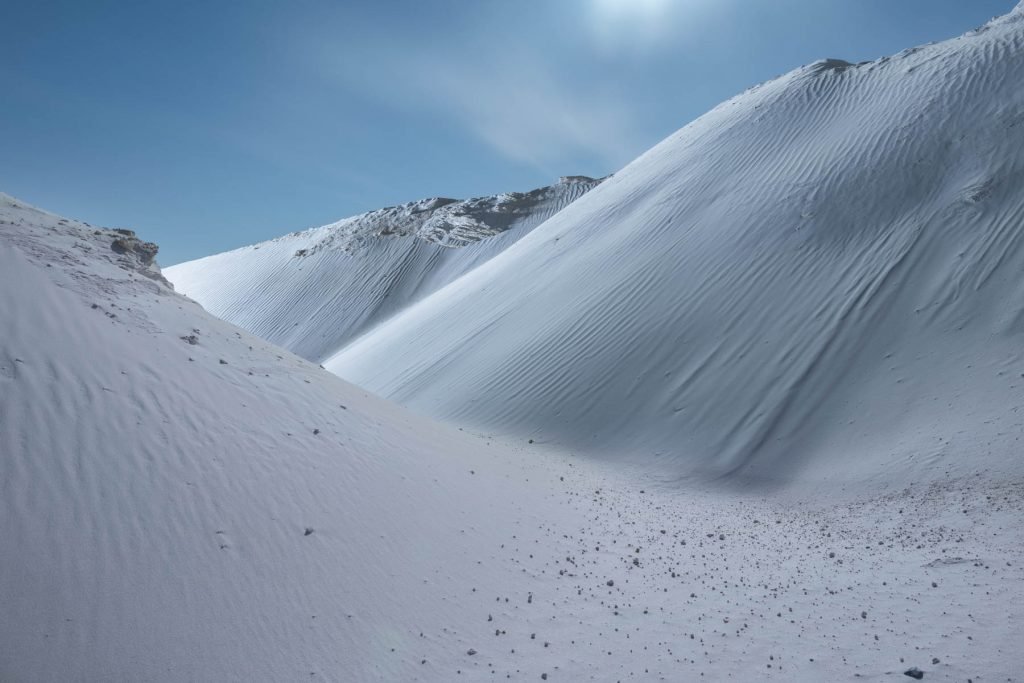
The project had also technical considerations, in addition to the creative part of the process. Pichot had to follow the cycles of the moon, and more specifically of the full moon. As he mentions “the problem is not the study of lunar cycles, which is very interesting by the way, but rather than each shooting period has an interval of three weeks for the satellite to reach its full phase.”
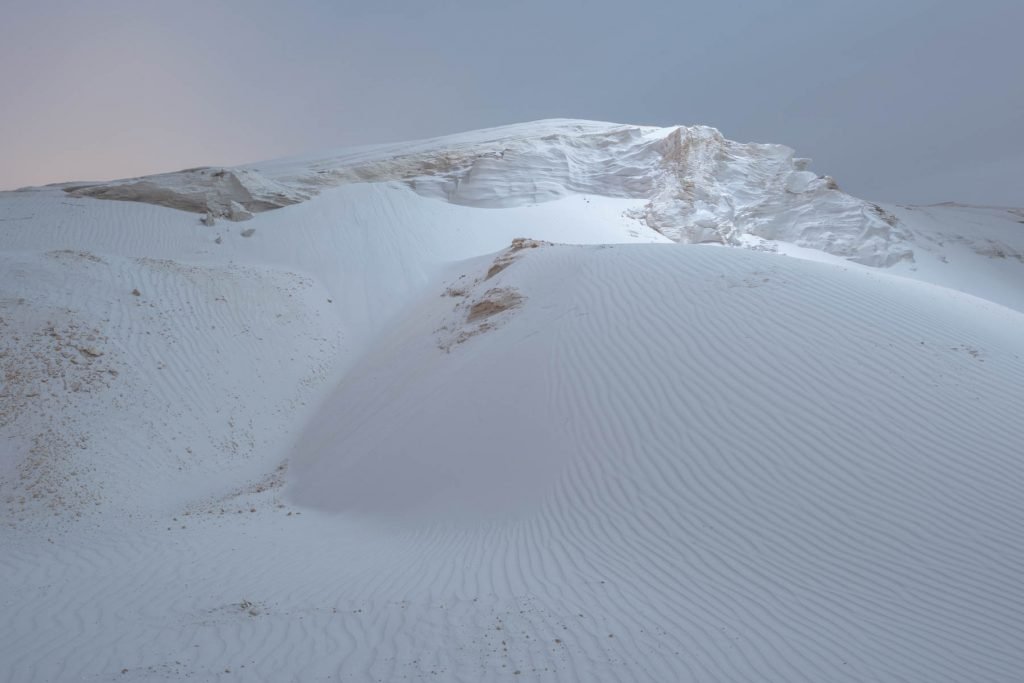
For the realisation of the project, he was shooting not only on the day of the full moon, but also prior and after that moment and be mindful of the moonrise and moonset. He recalls “I remember, that one night I had not been paying attention that it was rising at midnight. The time that this mirror solar illuminates the sleeping landscape I had to wait between an hour and a half and two hours to get the desired brightness.”
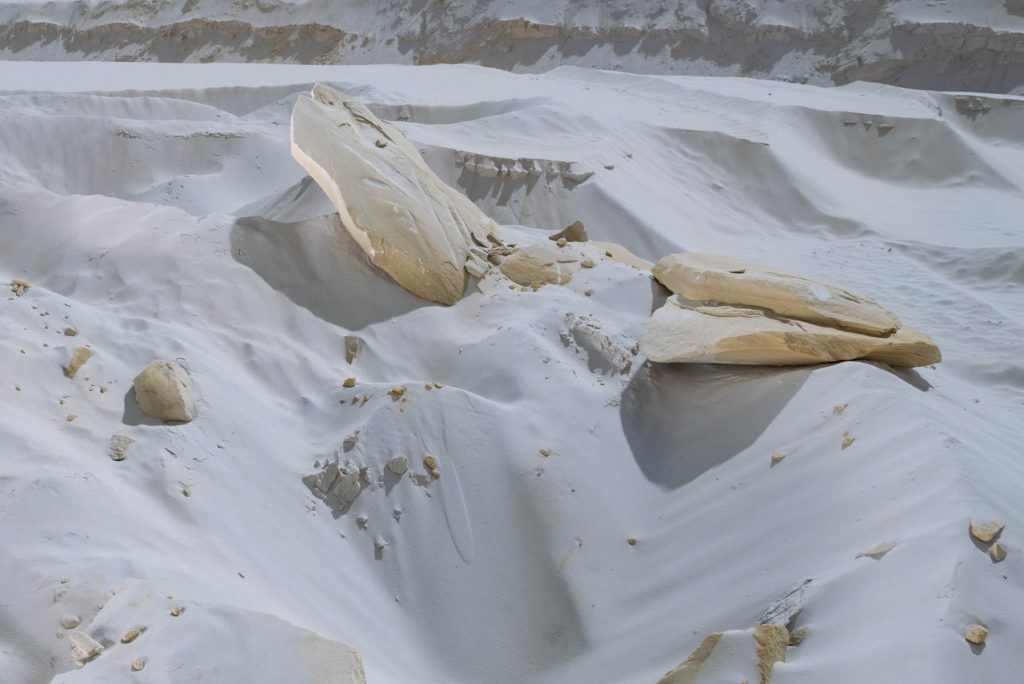
The elements further complicated his efforts, forcing him to postpone if the sky is overcast or if there was rain. Given that the lunar cycles had to be observed, this meant that he would have to return after a lunar month later to the same spot. What is more, the humidity of the wintry landscapes proved to be an unexpected adversary. With the long exposures reaching the ten minutes mark, humid air condensed on the lens, thus forcing Pichot to reject a number of favourite images, since they no longer represented the aesthetics desired for the series.
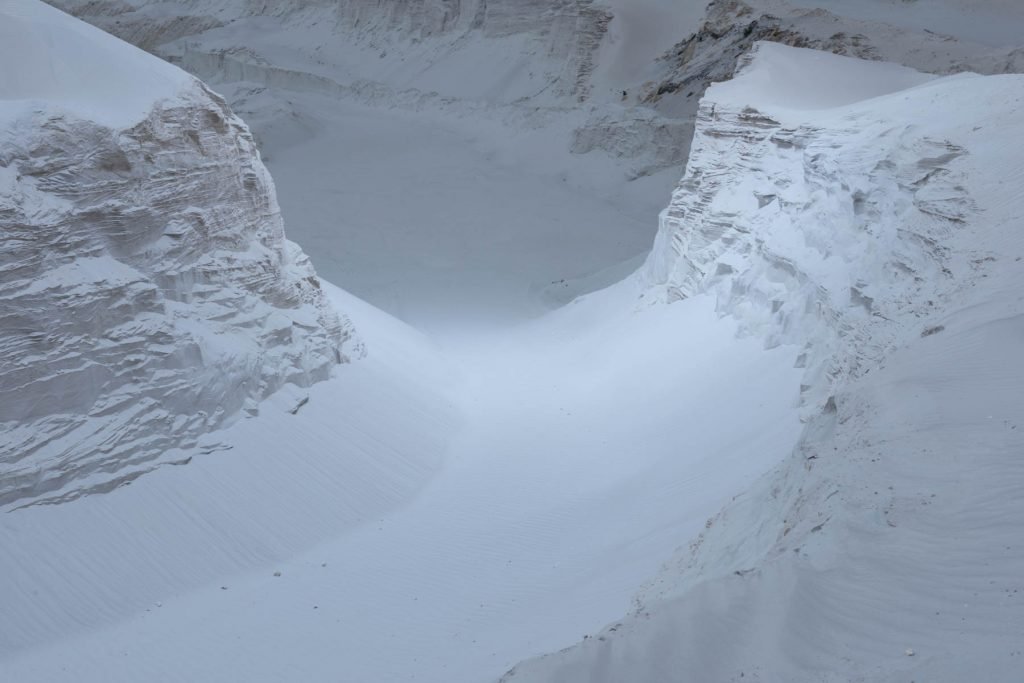
Feature by Demetrios Drystellas

